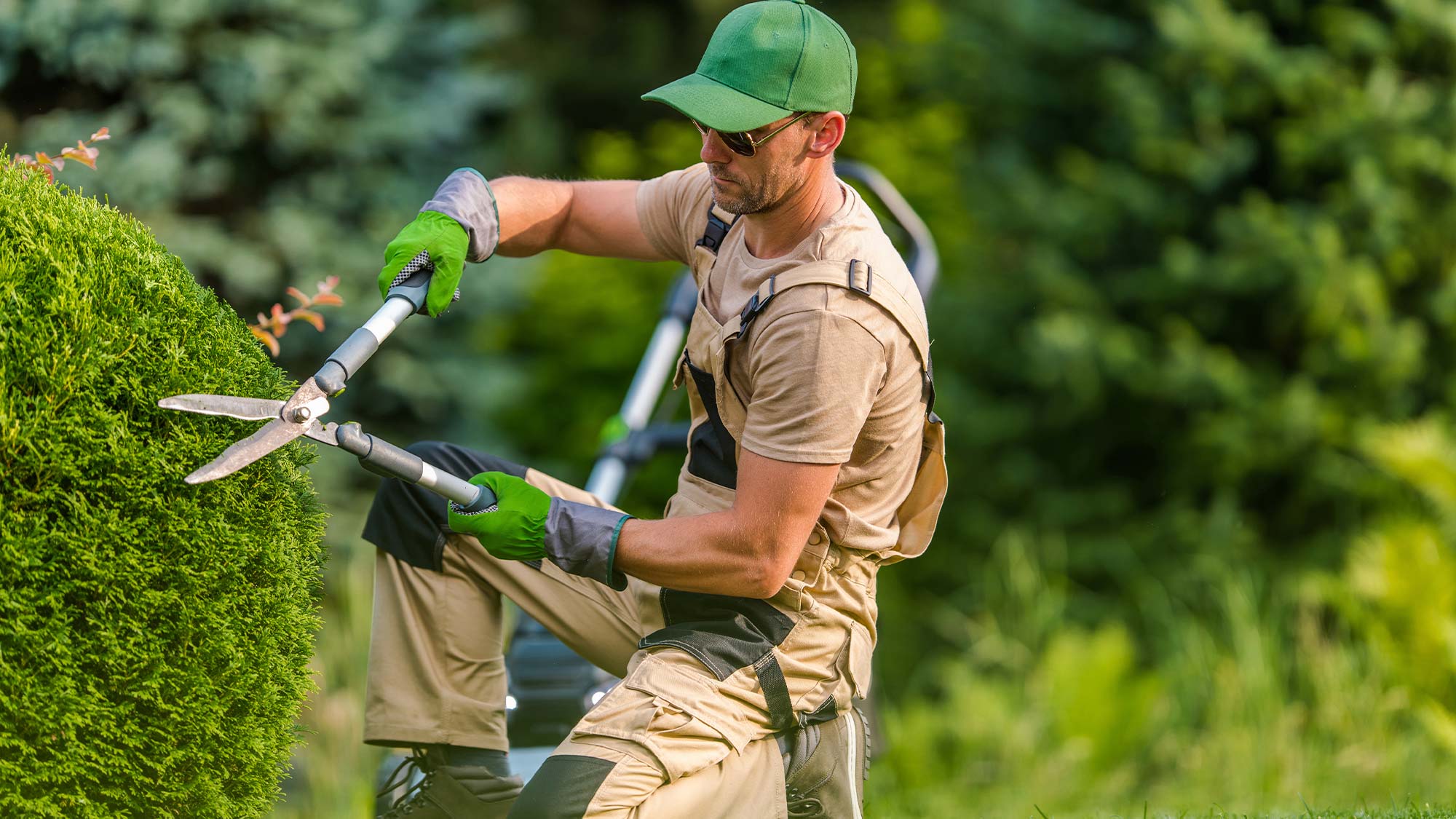Hue is one of the top transformative elements in landscaping, able to breathing life into any exterior area. Whether you are creating a peaceful retreat in your garden or enhancing the curb appeal of your home, the right plants can create a lively, welcoming atmosphere. With an abundance of plant varieties available, understanding how to select the best ones for your garden can seem daunting. However, with a bit of guidance, you can select plants that not only provide stunning visuals but also match your care preferences, climate conditions, and sustainability objectives.
In this piece, we will delve into the art and science of landscaping with color. We'll lead you through the essentials of selecting plants that thrive in your setting, highlight the importance of expert landscaping assistance, and offer tips on how to maximize the aesthetic and monetary value of your property. From the benefits of engaging professionals to exploring the discussion on DIY versus professional landscaping, we aim to equip you with the insight needed to design a flourishing landscape that brings joy and enhances your outdoor living experience.
The Value of Expert Landscaping
Putting money in specialized landscaping can significantly enhance the beauty appeal and functionality of your outdoor space. Expert landscapers bring expertise that ensures your garden or yard not just looks beautiful but also flourishes throughout the seasons. They have an knack for design and can create a cohesive look that enhances your home while taking into account environmental elements such as sunlight, soil conditions, and local climate. This knowledge can spare homeowners time while avoiding common landscaping pitfalls.
Moreover, hiring a landscaping company can increase your property appraisal. Well-designed and maintained landscapes can create a lasting first impression, capturing potential buyers and improving the overall marketability of your home. Studies have shown that landscaping can enhance property values by as much as 10 to 15, making it a prudent investment that often pays off at resale. A professionally landscaped yard not only boosts curb appeal but also underscores the value of a well-maintained property.
In addition to visual and economic benefits, skilled landscaping services help ensure that your plants are adequately selected and looked after. They can help you in choosing the appropriate plants that thrive in your specific locality, considering aspects like drought durability and pollinator attraction. This degree of care fosters a thriving ecosystem in your yard and ensures that you get the most out of your investment. With their knowledge of lawn care and maintenance, these professionals can provide personalized guidance on best practices that help your landscape remain vibrant and green year-round.
Effective Care and Care Tips
To maintain a healthy landscape, regular irrigation is crucial. During the hot summer months, it's important to ensure that your plants receive adequate moisture, either through rainfall or controlled irrigation. Aim to water your garden first thing in the morning or late the afternoon to limit evaporation losses. Consider using mulch around your plants to help retain soil moisture while also controlling weeds, giving your landscape an organized look.
Fertilization plays a vital role in plant health and growth. Various plants require various nutrients at varied times of the year. Using a well-balanced fertilizer can promote robust roots and lush foliage. It's also advantageous to conduct soil tests to understand the nutrient levels in your soil. https://articlescad.com/grasping-soil-quality-for-efficient-landscaping-126303.html will guide you in applying the appropriate type and amount of fertilizer, ensuring that your plants flourish without the risk of over-fertilization.
Regular trimming and trimming are crucial to keeping your landscape looking its finest. Deadheading flowers encourages new growth, while pruning shrubs and trees helps maintain their form and prevents congestion. Additionally, removing any dead foliage can prevent the spread of pests and diseases. Establishing a regular schedule for maintenance tasks will ensure that your landscape remains healthy and attractive throughout the year.
Green Gardening Methods
Incorporating green landscaping practices not just benefits the vitality of the ecosystem while also improves the aesthetics and usability of your garden. An essential factors of green gardening is the inclusion of native plants. Such plants are naturally adapted to the local environment and geological features, demanding less irrigation and upkeep than non-native varieties. By choosing native species, gardeners can create vibrant gardens that support native wildlife, including bees and butterflies, while lessening the need for chemical fertilizers and herbicides.

Additionally, essential aspect of sustainable gardening is adopting efficient water management techniques. Methods such as xeriscaping, which focuses on designing landscapes that need minimal water usage, can offer significant water savings. Adding features such as rain gardens or permeable pavements helps to control stormwater runoff, reducing erosion and enhancing groundwater restoration. Additionally, investing in micro irrigation systems ensures that water is sent directly to the base of plants, reducing waste and enhancing plant health.
Finally, promoting ecosystem diversity through the thoughtful selection of plants and the creation of varied environments can have a deep effect on the environment. Planting trees, shrubs, and low-growing plants that draw a diverse range of species can boost your landscape's resilience to pests and diseases. Eco-friendly gardening methods not just create beautiful spaces and also play a important role in reducing your environmental impact and aiding to a better planet. By embracing these practices, you can enjoy a flourishing landscape that serves both you and the environment.
